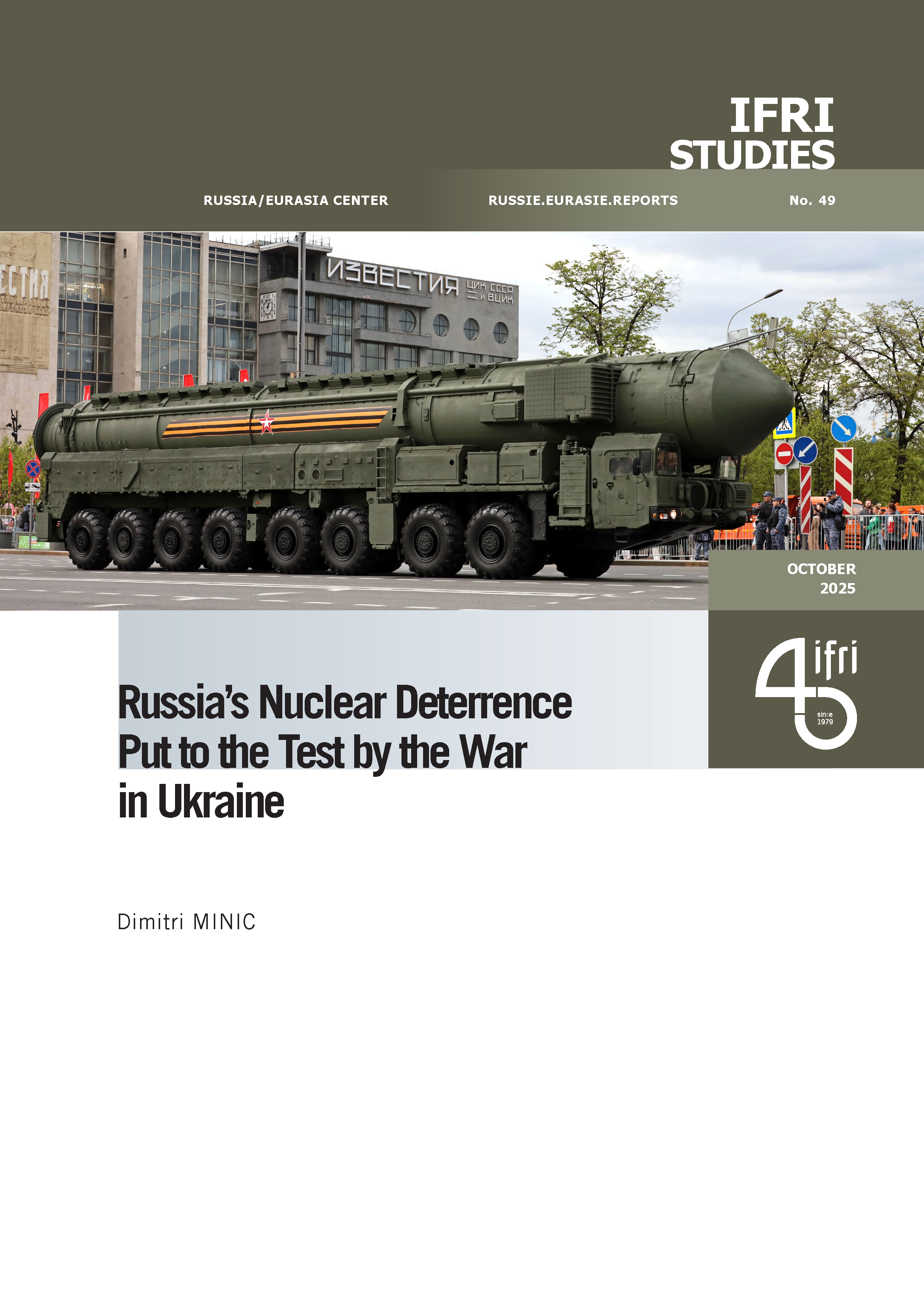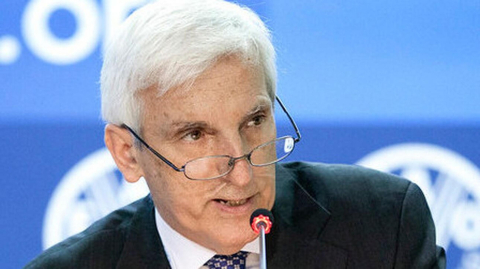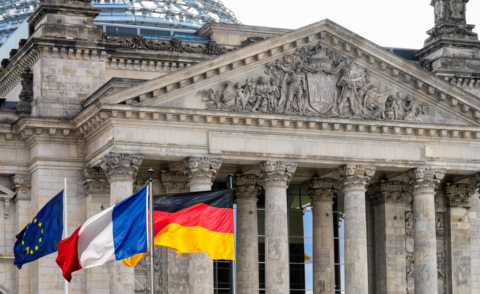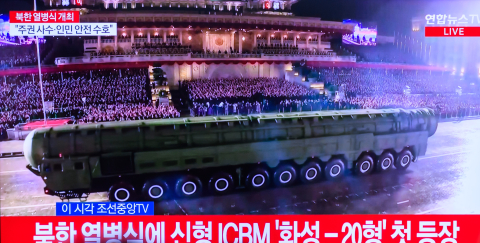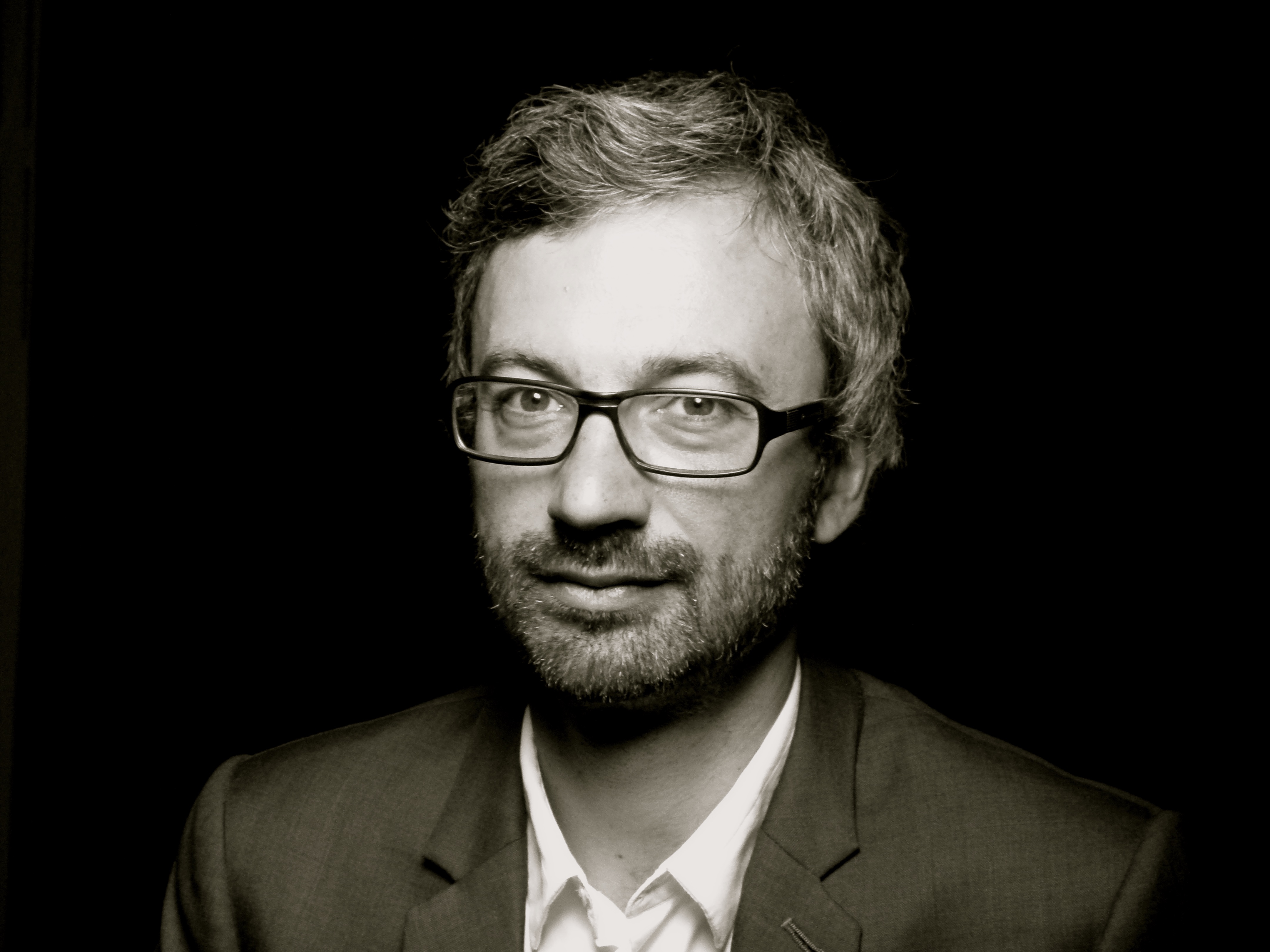Safe and Legal Pathways for Refugees: Can Europe Take Global Leadership?
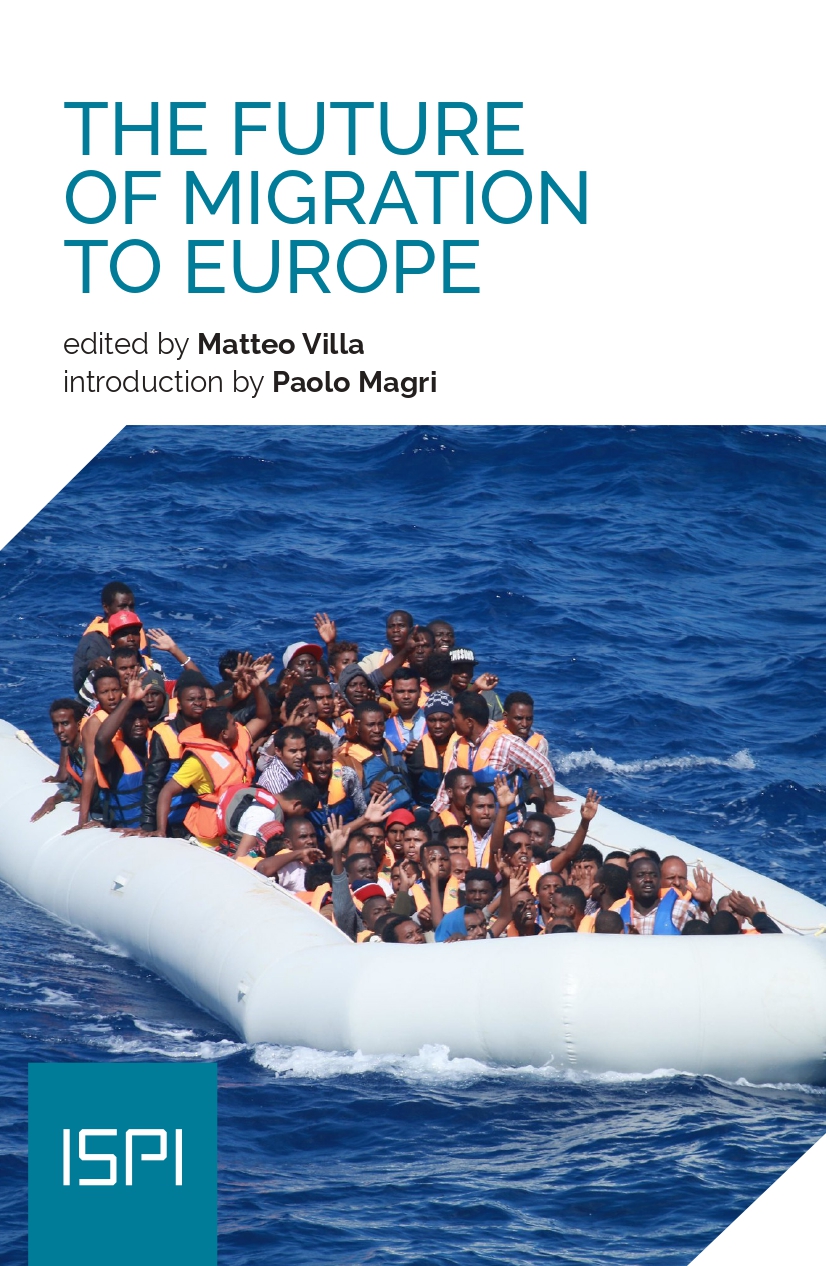
More than 70 million people were forcibly displaced at the end of 2018. In that context, more safe and legal pathways to countries of asylum is a crucial challenge for the international protection regime. A toolkit is available to States and UNHCR, more particularly refugee resettlement.
But only 65,000 refugees benefited this durable solution in 2017 whereas 1.4 refugees are considered to be in need of resettlement. Following the Global Compact for Refugees, UNHCR launched a strategy aiming at amplify resettlement and other complementary pathways such as family reunification, student visas and private sponsorship of refugees by 2028.
Resettlement has been on the rise in the European Union since 2015. However, this rise is still fragile. Domestic political considerations can reverse States’ efforts and pledges of resettlement quotas are not fully implemented in the field. Moreover, the rise of resettlement in the EU is to be considered in the post-2015 agenda on immigration. Indeed, European States favor resettlement of refugee that might take irregular routes to Europe. Therefore, resettlement is more a migration management tool than a refugee protection tool. Nevertheless, new projects of private sponsorship of refugees in several European countries highlight that the civil society plays an important role. Based on the experiences of resettlement of refugees in rural areas in France and humanitarian corridors in Italy, this article concludes that citizen mobilization can become the future of international protection in Europe.
This article is a chapter of ISPI report on the future of migration to Europe. Please read the report on ISPI website.



